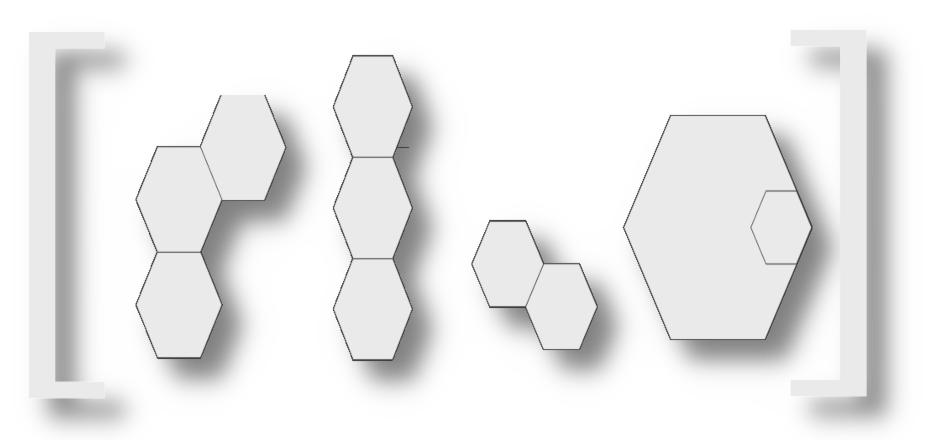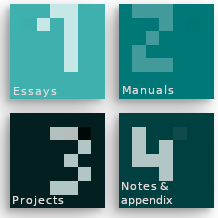You can download dpsFramework (Java) on Github.
Here you can find the documentation that was used during the building of the framework itself organized into 4 areas:
Manuals & Guides: Installation and User guides and, Programming Languages associated with dpsFramework.
Projects & Artifacts: Software artifacts (platforms, compilers, libraries, etc.) adapted and prepared to be deployed together with this framework.
Notes & Appendix: Annexed documentation: events, version dates, References, etc.
Abstract
The initial construction and the subsequent battery of checks necessary to observe the operation of an agent-based application is a complex task. If this application is also connected to expert systems used as decision instruments, then the complexity of analysis is even greater. To further complicate this development process, the subsystems and components have to be deployed within Docker or Podman-type containers, with IP addresses and adequate visibility to interact between the distributed parts of that multi-agent application.
This Framework (Java) aims to facilitate this development process through an convention in the directory structure of that type of applications. With that structure, it is possible to scale the number of agents in each application instance and deploy the application instances in each container or each POD. Together with that structure convention, this Framework (Java) provides a set of agents with the capacity to react and/or modify their behaviors based on the reasoning reached by the expert system to which they are connected.
In the field of knowledge sciences, Production Systems (CLIPS, Jess, Prolog-SWI, etc.) are used to build expert systems, which have been widely used in the past as development tools and to build models of the type recognition-reaction. When it is necessary to develop a Agent-Based application, it is necessary to use a Multi-Agent platform, such as JADE (Java Agent DEvelopment Platform). Or, SPADE, which is written in Python Language. With dpsFramework (Java) it is possible to address the development and deployment of applications such as: Radar Systems, Airport System, Transportation Logistics Systems or Pollination Systems with Micro-Drones. All of them are applications that combine the technology of Multi-Agent systems and expert systems.
 ↩
↩



